Introduction
Coconuts, known for their versatile uses and numerous health benefits, are a staple in tropical climates and a beloved treat worldwide. From their refreshing coconut water to their creamy coconut milk and meat, coconuts offer a range of culinary and nutritional advantages. However, like any other natural product, coconuts can spoil, and consuming a bad coconut can lead to unpleasant health consequences. Understanding how to identify a bad coconut is crucial for ensuring that you enjoy only the freshest and safest coconut products. This comprehensive guide will delve into the various signs and methods to determine if a coconut has gone bad, providing you with the knowledge to make informed decisions about your food choices.

Understanding Coconut Composition
Before discussing how to identify a bad coconut, it’s essential to understand the basic composition of a coconut. A coconut consists of three main parts: the husk, the shell, and the endocarp (which contains the coconut water and coconut meat). The husk is the outermost layer, typically green and fibrous, protecting the inner shell. The shell is hard and typically brown or gray, encasing the edible portions. Inside the shell, the endocarp separates the coconut water from the coconut meat. Coconut water is the clear, slightly sweet liquid found inside a young, green coconut, while coconut meat is the white, fleshy part that surrounds the endocarp in mature coconuts.
Signs of a Bad Coconut
Identifying a bad coconut involves examining both the exterior and interior of the fruit. Here are the key signs to look for:
Discoloration and Mold
One of the most obvious signs of a bad coconut is discoloration or the presence of mold on the exterior. Fresh coconuts have a green husk and a smooth, brown shell. If you notice dark spots, mold growth, or any unusual discoloration on the husk or shell, it’s a red flag. Mold indicates that moisture has penetrated the coconut’s protective layers, allowing fungi to grow. While a small amount of mold on the exterior might not necessarily mean the entire coconut is spoiled, it’s best to err on the side of caution and avoid consuming it.
Leaking Coconut Water
If you notice coconut water leaking from the eyes (small openings on the surface of the coconut), it’s a sign that the coconut is no longer fresh. Fresh coconuts should not leak water unless punctured. Leaking can indicate that the coconut has been damaged, allowing bacteria and other contaminants to enter. Additionally, if the coconut water inside is not clear but has a cloudy or murky appearance, it’s a sign of spoilage.
Odd Odors
Fresh coconuts have a mild, sweet scent. If you detect any off-putting odors, such as a sour, musty, or moldy smell, it’s a clear indication that the coconut has gone bad. These odors are caused by bacterial or fungal growth, which produces unpleasant byproducts.
Sound Test
Shaking a coconut can sometimes provide insight into its freshness. While this method isn’t foolproof, a fresh coconut should have a solid feel with little to no movement of the liquid inside. If you shake a coconut and hear excessive sloshing or movement, it might indicate that the coconut water has separated or that the coconut is too old and the meat has started to degrade.
Texture of the Coconut Meat
Once you’ve opened a coconut, inspecting the coconut meat is crucial. Fresh coconut meat should be firm, white, and moist. If the meat is soft, slimy, or has dark spots, it’s a sign of spoilage. Additionally, if the coconut meat smells bad or tastes off, it should be discarded immediately.
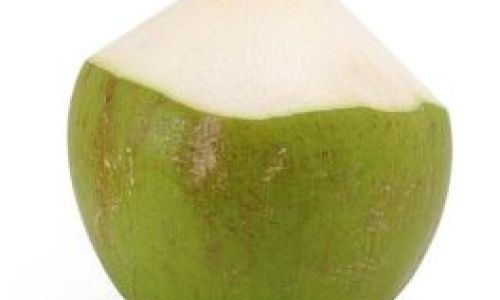
Age and Storage Conditions
The age of the coconut and its storage conditions can also affect its freshness. Coconuts that have been stored for too long, especially in warm, humid environments, are more likely to spoil. Fresh coconuts should be consumed within a few weeks of being picked. If you’re unsure of the coconut’s age, checking the packaging or asking your supplier can provide some clarity.
Checking for Insect Infestation
Insects, particularly weevils, can infest coconuts, causing them to spoil. If you notice small holes or tunnels in the coconut shell or husk, it’s a sign of insect activity. While insects don’t necessarily mean the entire coconut is unsafe to eat, their presence can indicate that the coconut has been compromised, making it more susceptible to spoilage.
Coconut Milk Appearance and Consistency
If you’re using coconut milk, checking its appearance and consistency is vital. Fresh coconut milk should be creamy and white, with a mild, nutty scent. If the coconut milk is separated, has a grayish or yellowish hue, or smells sour, it’s a sign that it has gone bad.
How to Store Coconuts Properly
Proper storage can extend the shelf life of coconuts and help prevent spoilage. Here are some tips for storing coconuts:
-
Whole Coconuts: Whole coconuts can be stored at room temperature in a cool, dry place for up to two months. For longer storage, refrigerate them in an airtight container for up to three months. Avoid storing coconuts in direct sunlight or in areas with high humidity.
-
Coconut Water: Once opened, coconut water should be consumed immediately or refrigerated in a sealed container for up to two days.
-
Coconut Meat: Fresh coconut meat can be stored in an airtight container in the refrigerator for up to a week. For longer storage, freeze coconut meat in portions for up to three months.
-
Coconut Milk: Homemade coconut milk should be refrigerated in a sealed container and consumed within two days. Commercially packaged coconut milk can be stored in a cool, dry place until opened, then refrigerated for up to two weeks after opening.
Health Risks of Consuming a Bad Coconut
Consuming a bad coconut can pose various health risks. Spoiled coconuts can harbor harmful bacteria, fungi, and toxins that can cause food poisoning. Symptoms of food poisoning from consuming spoiled coconuts can include nausea, vomiting, diarrhea, abdominal pain, fever, and dehydration. In severe cases, food poisoning can lead to more serious complications, such as sepsis or organ failure. Therefore, it’s crucial to always check for signs of spoilage before consuming any coconut product.

Conclusion
Identifying a bad coconut involves a combination of visual, olfactory, and tactile inspections. By paying attention to discoloration, mold, leaks, odors, texture, and storage conditions, you can ensure that you only consume fresh, safe coconut products. Proper storage can also help extend the shelf life of coconuts and prevent spoilage. Remember, the key to enjoying the numerous benefits of coconuts is to always prioritize freshness and safety. By being vigilant and informed, you can continue to enjoy the delicious and nutritious offerings of this tropical treasure without any health concerns.
Additional Tips for Coconut Lovers
For those who love coconuts and want to maximize their enjoyment while minimizing waste, here are some additional tips:
-
Buy Fresh, Local Coconuts: Whenever possible, buy coconuts from local suppliers who can provide information about their freshness and storage conditions.
-
Inspect Before Buying: Always inspect coconuts before purchasing them. Look for smooth, evenly colored shells without cracks, holes, or mold.
-
Use a Coconut Opener: Investing in a good coconut opener can make opening coconuts easier and safer, reducing the risk of damaging the coconut and wasting its contents.
-
Freeze Coconut Meat: If you have leftover coconut meat, freeze it in portions for later use. This can extend its shelf life and allow you to enjoy coconut meat throughout the year.
-
Experiment with Different Coconut Products: Coconut water, coconut milk, coconut oil, and coconut flour are just a few of the versatile products derived from coconuts. Experimenting with different coconut products can help you discover new ways to enjoy this tropical fruit.
Final Thoughts
Coconuts are a treasure trove of nutrition and flavor, but only when they are fresh and safe to consume. By learning how to identify a bad coconut and storing them properly, you can ensure that you always enjoy the best that this tropical fruit has to offer. Remember, knowledge is power, and in the case of coconuts, it’s the key to a delicious and healthy experience. So, the next time you’re at the market, put your newfound skills to the test and pick out the freshest coconut you can find. Happy coconutting!
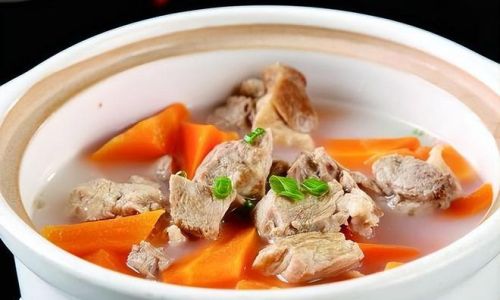
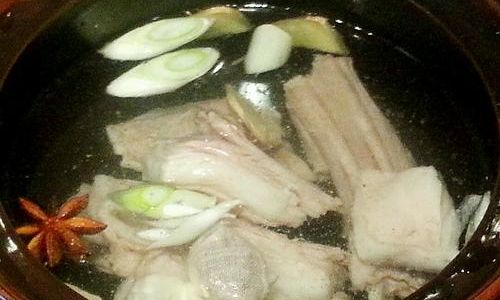
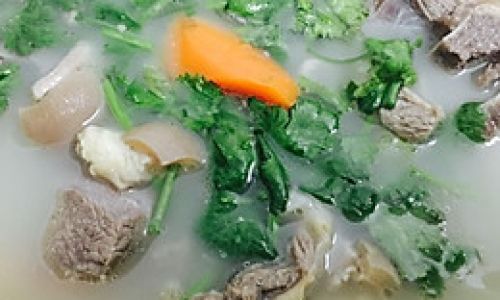

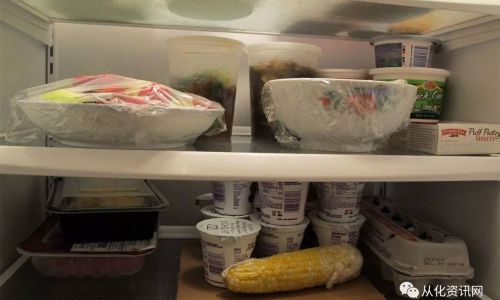
0 comments